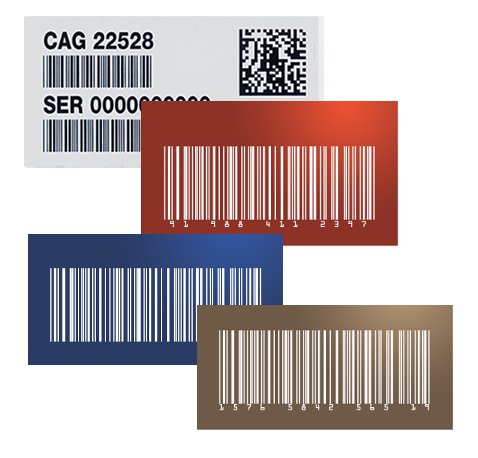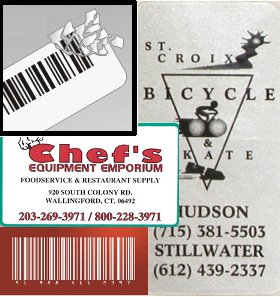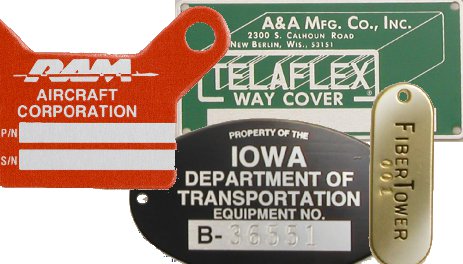Different Types of Inventory and Asset Tags

When you are tasked with getting inventory and asset tags for your company, you should be aware that there are actually quite a number of these that you can choose from. There are very many variants for you to go through, and these may end up confusing you in the long run. In order for you to choose correctly, you first need to find out what these tags are to be ultimately used for and make your selection based on the factors that will affect usage.
First up, you need to know where these will be used, i.e. will these be used in areas that expose it to the elements, to heat, to moisture, etc. Knowing this will greatly narrow down your choices according to material type since this will let you know what kind of material is best suited for the item where the asset tag is to be adhered to. This will mean that materials like cardboard and paper cannot be used here.
Next thing to consider would be your budget, some of the materials used for these tags are more expensive than others, but may have some qualities that others don’t have. If your budget allows for it, you should choose the more durable and more cost effective material around since these will cost you less in the long run. For instance, if stainless steel costs more than aluminum, but is less likely to need replacement sooner than expected, then these may be the better choice for you.
Also worth considering is what will go on these tags. Since some inventory and asset tags need to carry more information than others, the size of these tags may need to be bigger than others as well. Or you might want to consider using barcodes on these tags so that you won’t need to increase their size, and simply employ a medium that allows for compressed information to be stored on a small strip of metal, paper, or aluminum.

Types That Most Companies Use
Aside from the general considerations (material, budget, tag size, etc.), you will also need to choose tags according to what it is for. Inventory and asset tags can be used for many different things, and these include the simple tracking of company assets as well as the keeping track of supplies and when replenishing is needed. There are also asset tags that have special functions, and these are achieved with the use of special features that come only with specific types of tags.
One particular asset tag that is considered very useful by many companies is the tamper-evident or destructible label. This particular asset tag is used not only to help with inventory tracking and asset management, but also to help deter the possibility of theft. How can an asset tag help stop theft, you may ask? Well, it is rather simple yet ingenious.
When a tag that has these qualities (destructibility or tamper-evident) is used on one of the items that is being used in your office (a laptop, or printer, or even a computer monitor), you are marking it in a way that makes it difficult for anyone to try and take it out of the office without anyone noticing. That is because these tags won’t be easy to remove at all.
Destructible labels are difficult to remove in one piece, or in its entirety, because of the fact that it falls apart when someone attempts to remove it from whatever item it is adhered to. Think of a jigsaw puzzle with numerous pieces that come off one by one when you try to life the puzzle. This destructible quality alerts people who are in charge of asset management to the fact that someone is trying to pilfer such an item when they see parts of these tag no longer present, or when small pieces remain where there used to be a tag.
For tamper evident tags, what happens is when someone tries to remove this inventory and asset tag, they will be presented with a sticky and brightly colored residue where the tag used to be. This residue will also have the words “void” all over it, telling people that a tamper evident tag was removed from that area and someone tried (or is trying) to steal that particular item from the company.









